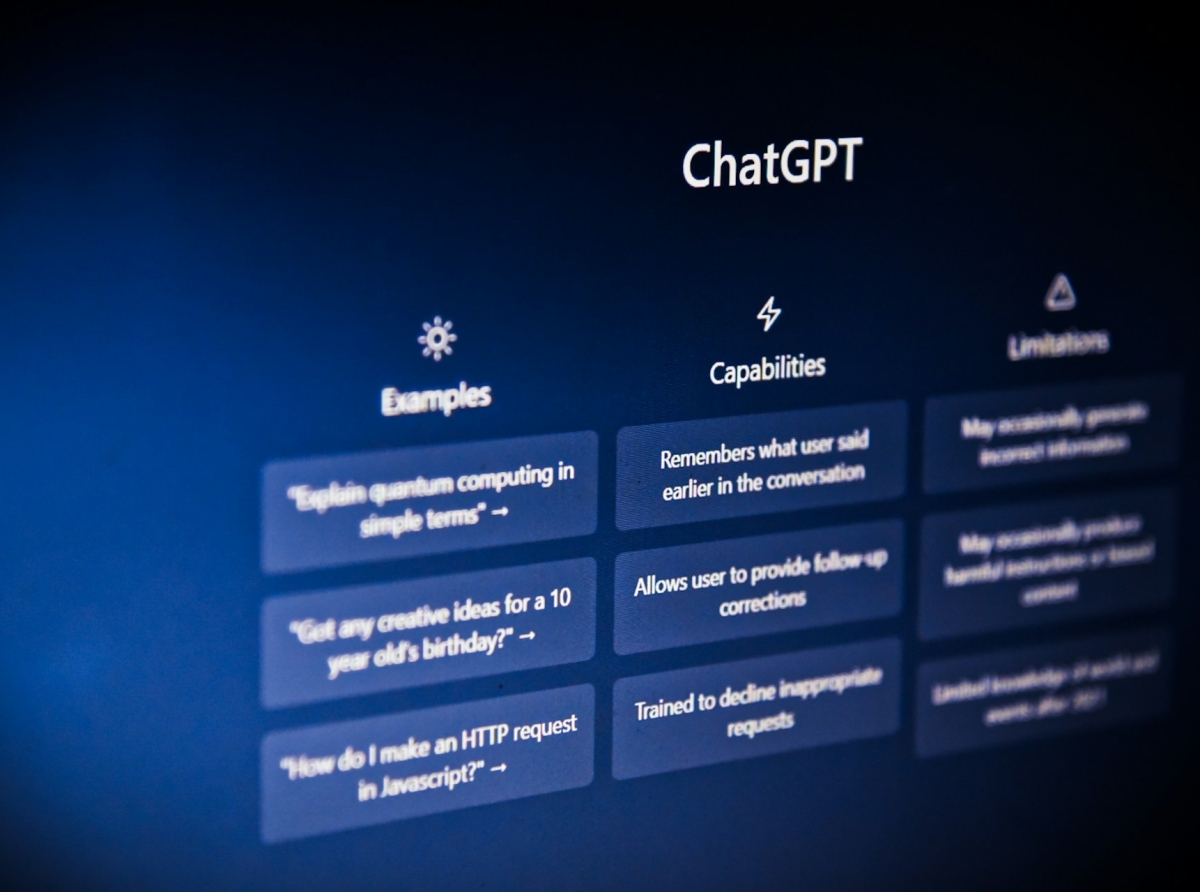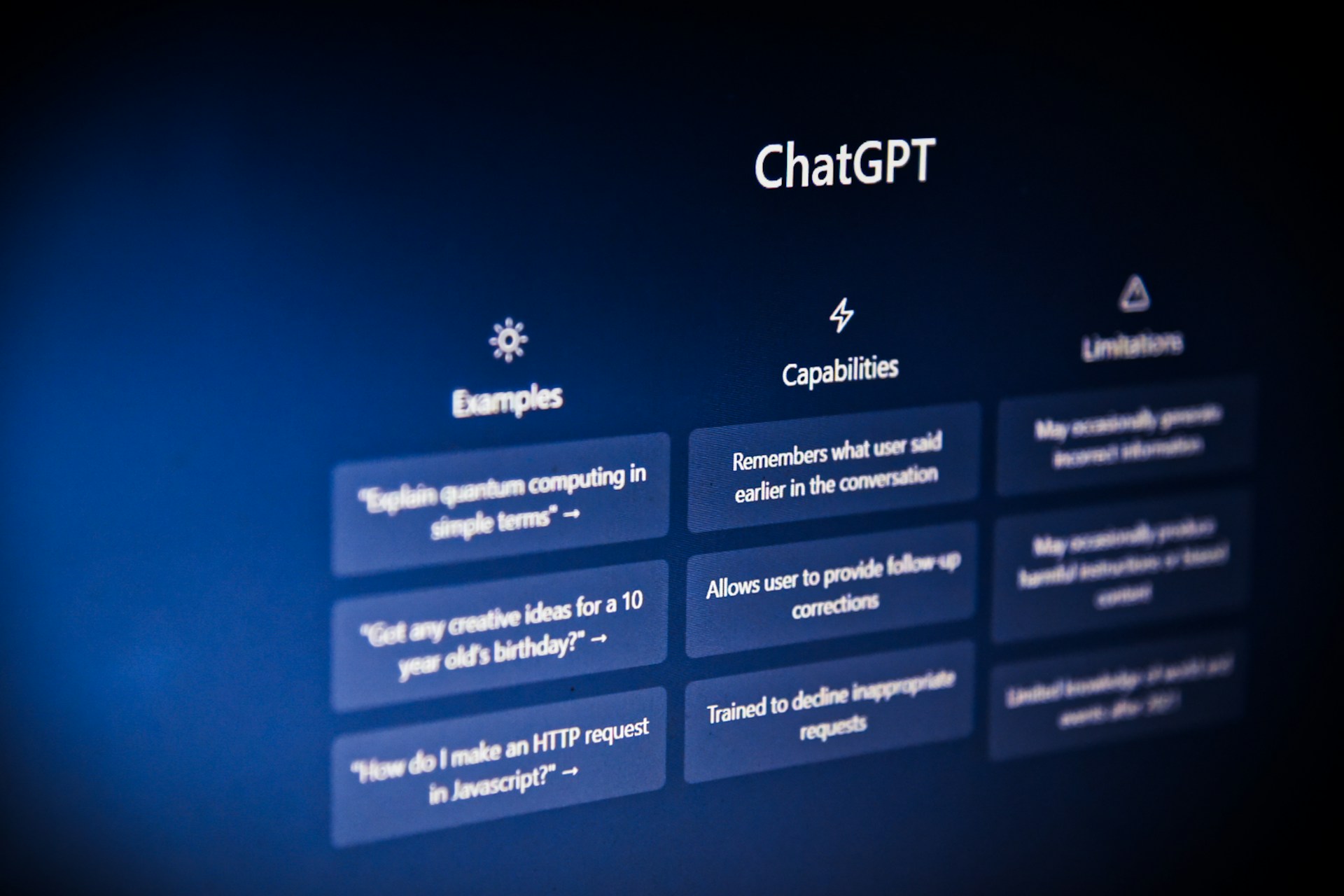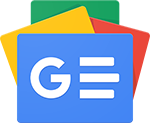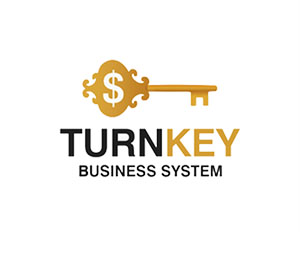Can GPT Chat Predict Price Movements in Trading?

Can GPT Chat Predict Price Movements in Trading?
In recent years, artificial intelligence has become an integral part of financial markets, revolutionizing the way traders and analysts approach market data.
The ability to predict price movements with accuracy is crucial for successful trading strategies, as it allows investors to make informed decisions and maximize returns. Among the various AI models developed for such purposes, GPT (Generative Pre-trained Transformer) Chat stands out due to its advanced language processing capabilities.
GPT Chat, developed by OpenAI, is primarily known for its natural language understanding and generation skills. However, its potential extends beyond mere conversation; it can analyze textual data from market reports, news articles, and social media feeds to glean insights that might influence market trends.
This essay explores whether GPT Chat can effectively predict price movements in the trading domain.
The ability to predict price movements with accuracy is crucial for successful trading strategies, as it allows investors to make informed decisions and maximize returns. Among the various AI models developed for such purposes, GPT (Generative Pre-trained Transformer) Chat stands out due to its advanced language processing capabilities.
GPT Chat, developed by OpenAI, is primarily known for its natural language understanding and generation skills. However, its potential extends beyond mere conversation; it can analyze textual data from market reports, news articles, and social media feeds to glean insights that might influence market trends.
This essay explores whether GPT Chat can effectively predict price movements in the trading domain.

Can GPT Chat Predict Price Movements in Trading?
The Role of AI in Trading
AI’s journey into trading began decades ago with simple algorithmic models designed to execute trades faster than humans could. Over time, these models evolved into complex systems capable of analyzing vast datasets and identifying patterns that were imperceptible to human analysts.
Benefits of AI in market analysis include speed, accuracy, and the ability to process large volumes of data without fatigue. AI can quickly adapt to changing market conditions and incorporate new information into trading strategies almost instantaneously.
However, there are limitations as well. AI relies heavily on historical data and may struggle with unprecedented events or black swan occurrences that lack precedent in available datasets.
Some notable examples of AI models currently used in trading include neural networks for pattern recognition and machine learning algorithms for predictive analytics.
How GPT Chat Functions
GPT Chat is built on a transformer architecture that enables it to understand context and generate coherent text responses based on input prompts. It has been trained on diverse datasets encompassing books, articles, websites, and more—granting it a broad perspective on various topics.
One potential strength of GPT Chat in trading is its ability to process unstructured text data—such as news headlines or tweets—which often contain sentiment-driven information that traditional models might overlook. By analyzing this qualitative data alongside quantitative indicators, GPT Chat could provide a comprehensive view of market sentiment.
Nevertheless, there are limitations when compared to traditional financial models like econometric forecasting or technical analysis tools. While GPT excels at textual interpretation, it lacks inherent numerical modeling capabilities—a crucial aspect when dealing with price predictions dependent on quantitative metrics.
Application Scenarios
Consider a hypothetical scenario where traders use GPT Chat alongside conventional methods: as news breaks about geopolitical tensions affecting oil production regions; GPT processes real-time updates from multiple sources worldwide—interpreting sentiments expressed by industry experts—to predict potential supply disruptions impacting prices.
When compared with existing prediction tools like time-series analysis or regression models which focus primarily on historical price movements; GPT offers an additional layer by incorporating qualitative insights potentially missed otherwise.
However; integrating this technology poses challenges too—such as ensuring timely access to relevant textual inputs amidst overwhelming information noise online—and fine-tuning model parameters specific enough yet flexible enough across different asset classes without losing accuracy due diligence during development phases crucial here too!
The exploration into whether GPT Chat can reliably predict price movements reveals both promise & limitations within current capabilities: while offering unique perspectives derived from diverse text analyses supplementing other methodologies rather than replacing them entirely yet!
Looking ahead; ongoing advancements likely enhance integration possibilities further optimizing hybrid approaches combining strengths across different domains thereby enriching overall predictive accuracies over time—a delicate balance between embracing technological innovation versus managing inherent risks associated remains pivotal throughout evolution trajectory ultimately determining success sustainability long-term adoption within ever-evolving finance landscapes!
Looking ahead; ongoing advancements likely enhance integration possibilities further optimizing hybrid approaches combining strengths across different domains thereby enriching overall predictive accuracies over time—a delicate balance between embracing technological innovation versus managing inherent risks associated remains pivotal throughout evolution trajectory ultimately determining success sustainability long-term adoption within ever-evolving finance landscapes!









Report
My comments